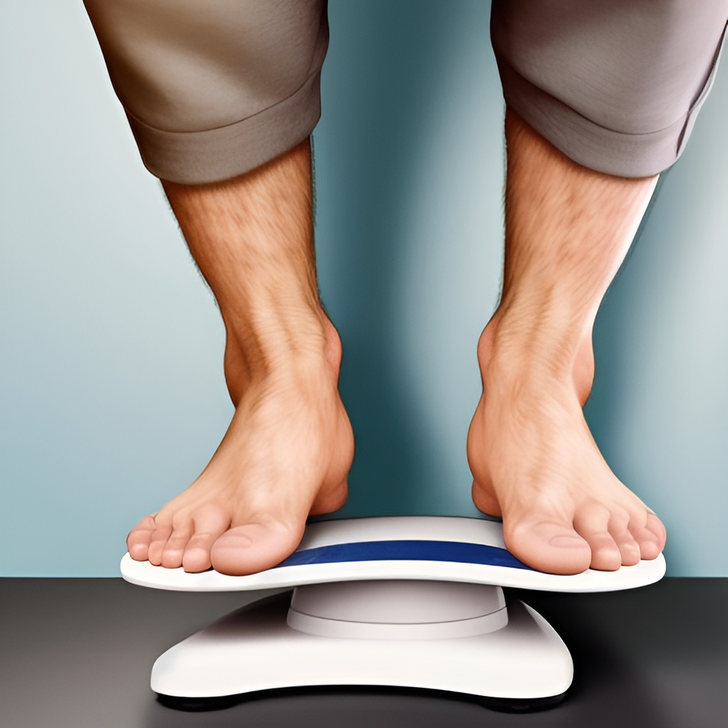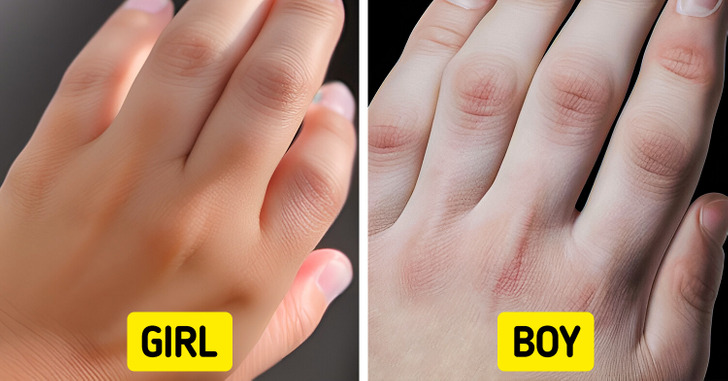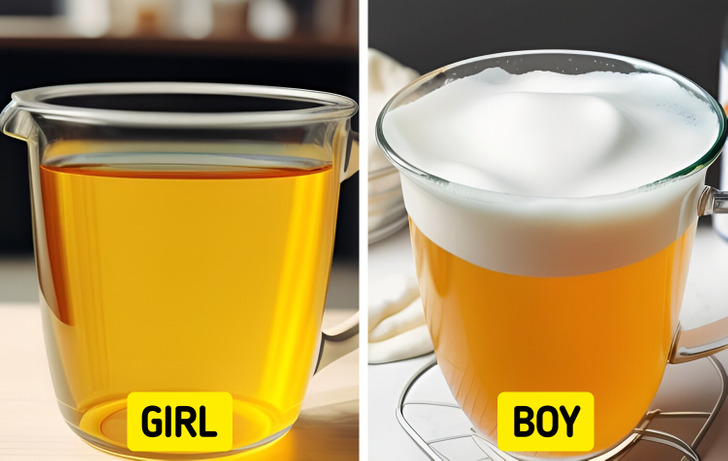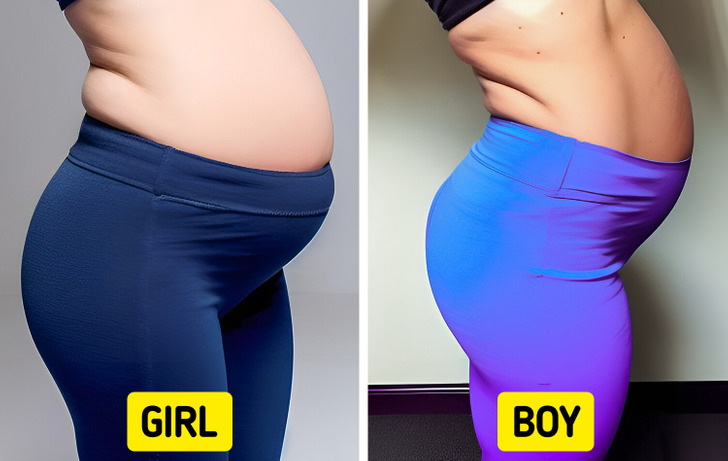Yeah I’ve never really took these serious, but it was just more for fun and curiosity. However, they were correct besides the heart beat one from this chart, because I was told higher heart rates were boys and for me that was correct because my sons was 175 in the first trimester but never got below 160 even til the end of pregnancy.. The baking soda one fizzed as well.. but I always knew I was having a boy, I told everyone from the beginning it was a boy because I could just feel it.
10 Curious Gender-Determining Techniques You Won’t Believe People Tried

In the realm of pregnancy, the anticipation of knowing the gender of one’s baby has always been an exciting moment for expecting parents. Throughout history, people have devised a myriad of unconventional and often bizarre methods to predict whether their little bundle of joy would be a boy or a girl. From peculiar food cravings to peculiar rituals, the human imagination has known no bounds when it comes to uncovering the gender mystery.
Disclaimer:
The following article is intended for entertainment purposes only. The methods mentioned here have no scientific basis and should not be taken seriously for determining the gender of an unborn baby. The intention is to explore the historical and cultural oddities surrounding this topic in a light-hearted manner. Expecting parents should consult medical professionals for accurate and reliable methods of determining the gender of their baby.
1. Linea nigra position

Myth: Some believe that the pigmentation on your stomach can predict your baby’s sex. Most pregnant individuals develop a linea nigra, a pigmented vertical line that runs over their stomach. According to the myth, a line that stops at the belly button means you’re having a girl, while a long line that goes up toward your chest signifies a boy.
Reality: the presence or position of this pigmented line has no proven correlation with the gender of the baby. The linea nigra is a common occurrence during pregnancy and is caused by hormonal changes in the body.
2. Complexion changes

Myth: A baby girl will snatch away the mother’s good complexion and steal their beauty, whereas a baby boy doesn’t. So, the belief suggests that if you experience acne breakouts, it’s a sign that you’re carrying a baby girl.
Reality: Hormonal changes play a significant role in the development of acne during pregnancy, irrespective of the baby’s gender. Fluctuating hormone levels can lead to increased oil production, clogged pores, and ultimately, the occurrence of acne.
3. Food cravings

Myth: It’s a popular belief that the gender of your baby can influence your food cravings during pregnancy. Carrying a boy allegedly makes you crave salt, and carrying a girl makes you crave sweets.
Reality: There is no scientific evidence to support this claim. Food cravings during pregnancy are more likely related to hormonal changes and the body’s increased nutrient requirements. Cravings can vary greatly from person to person and do not provide any insight into the gender of the baby.
4. Moodiness

Myth: It’s a common misconception that the gender of your baby can affect your mood during pregnancy. The myth suggests that carrying a girl may result in increased moodiness.
Reality: Hormonal changes, physical discomfort, and the emotional journey of preparing to become a parent can all contribute to mood fluctuations. These mood swings are not indicative of the baby’s gender but are rather a natural response to the various stressors and adjustments that come with pregnancy.
5. Partner’s weight gain

Myth: There is a common belief that if the partner of a pregnant person starts gaining weight, it indicates that they are having a baby boy.
Reality: While it is true that some partners may experience weight gain during their significant other’s pregnancy, it has no scientific basis as an indicator of the baby’s sex. The weight gain observed in partners is commonly referred to as Couvade Syndrome or sympathetic pregnancy.
6. Dry hands

Myth: Once upon a time, there was a widely held belief that having dry hands during pregnancy was a sign of carrying a baby boy, while soft hands indicated a baby girl.
Reality: Pregnancy brings about various hormonal changes in the body, which can result in dry and itchy skin for many expectant mothers, regardless of the baby’s sex.
7. Baby heart rate
Myth: An old wives’ tale suggests that a baby’s heart rate in the womb can indicate their sex. It claims that babies with a heart rate lower than 140 are more likely to be male, while those with a heart rate higher than 140 are more likely to be female.
Reality: The medical community has long since debunked this “method.” In 2006, a study found that there are no sex-related differences in fetal heart rate during the first trimester. But, it’s not really surprising since babies’ hearts beat faster in general during the first 28 to 30 weeks of pregnancy.
8. The key test

Myth: According to a popular legend, the way you pick up a key off the ground can allegedly identify your baby’s sex. The belief suggests that grabbing the key by the curved upper part indicates you’re carrying a girl, while grabbing it by the narrow, notched part means you’re having a boy.
Additionally, the myth states that picking up the key in the very center means you’re having twins. However, there is absolutely no truth to this method whatsoever.
Reality: Needless to say, the shape or position in which you pick up a key off the ground has no correlation with the gender of your baby. However, despite its lack of credibility, it’s perfectly harmless to try if you’re still curious.
9. The baking soda test

Myth: So, here’s a weird one. Some people say that if you’re pregnant, you can pee into a cup and add a bit of baking soda. If it fizzes, you’re having a boy, and if it doesn’t, you’re having a girl.
Reality: The fizzing or non-fizzing reaction that supposedly occurs has no correlation with the gender of your baby. The concept is based on old wives’ tales and lacks any scientific basis.
10. The shape of the bump

One prevailing belief of yesteryear was that the shape of a woman’s baby bump could provide insights into the gender of the unborn child. According to this notion, a high and round bump was thought to indicate the presence of a girl, while a lower and more pronounced bump was believed to signify the arrival of a boy.
Expectant mothers and curious onlookers would scrutinize the size and contour of the baby bump, eager to unlock the secret of the baby’s gender before modern medical advancements rendered such speculations obsolete.
Reality: Scientifically speaking, the shape and size of a woman’s baby bump are determined by the position of the baby in the womb.
As bizarre as these gender prediction methods may seem, they’re nothing compared to the surprising signs of pregnancy that many women experience without even realizing it.
Comments
Related Reads
10+ Outdated Shoe Styles That Ought to Be Banned From Our Closets, and New Styles You Can Replace Them With

9 Unexpected Things That Show a Marriage Won’t Last Long

16 People Who Stay Positive Even in Unfortunate Situations

15 Celebrities Who’ve Suddenly Changed Their Look, and We Hardly Recognize Them Now

15+ Heartfelt Times When Women Proved There’s a Rainbow After Every Storm

15+ Mothers-in-Law Who Can Turn an Ordinary Day Into a Comedy Show

I Refuse to Let My Mother Disrespect My Stepdaughter, Even If It Costs Our Relationship

My BFF Invited Me to Her Baby Shower, It Turned Into My Worst Nightmare

I Was Shamed for Being a Single Mom — but My Little Girl, 6, Had the Last Word

I Refused to Work on My Vacation, Even Though “Millions Were at Stake”

13 People Share the Things They’ve Been Hiding From Their Partners for Years

I Refuse to Be Left Out Without Consequences
